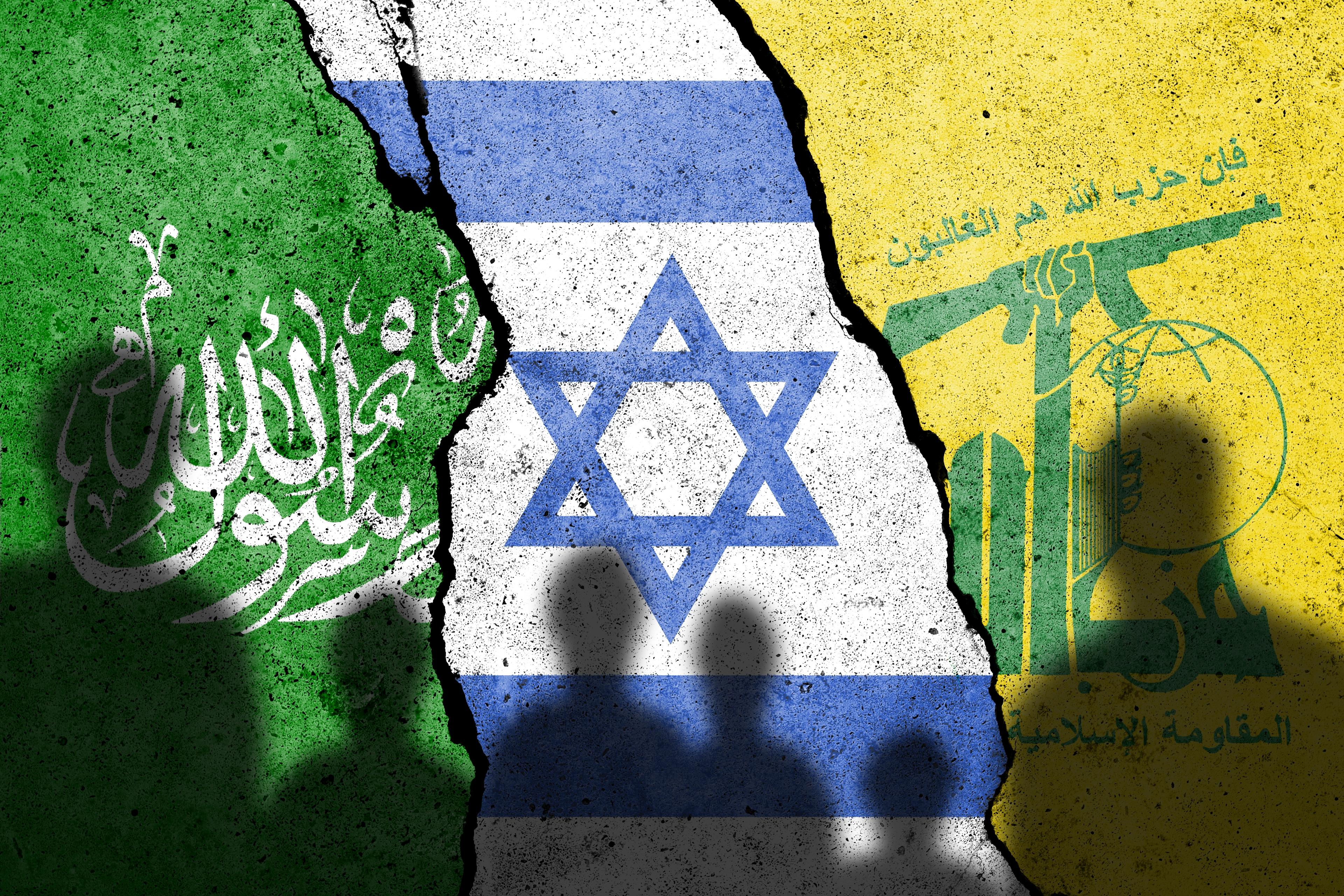IDF, Hezbollah, Lebanon
Israel on the Brink: Israel's Buffer Zone in Lebanon Sparks Tensions
As Israel continues to shape its new reality on its northern frontier, the international community watches closely.

As diplomatic efforts to prevent an all-out war with Hezbollah hang in the balance, Israel is quietly reshaping the landscape along its northern border. Recent satellite imagery and reports from the Financial Times reveal a strategic shift that could alter the geopolitical dynamics of the region: the creation of a 5-kilometer security zone inside Lebanese territory.
As reported by Srugim, the IDF has intensified its operations in southern Lebanon, systematically targeting infrastructure and buildings within this critical buffer area. The impact has been profound and far-reaching. UN data indicates that over 95,000 residents have fled the region, leaving behind ghost towns and devastated communities.
Local officials paint a grim picture of the situation on the ground. Hassan Shit, mayor of Kfar Kila, describes neighborhoods that now bear an eerie resemblance to war-torn Gaza. The mayor of Aita al-Shaab speaks of systematic destruction, claiming that Israel is deliberately dismantling infrastructure to prevent residents from returning.
This aggressive strategy has not gone unnoticed by Hezbollah. One operative, speaking candidly about the situation, likened asking the group to withdraw from southern Lebanon to "asking a fish not to swim in the sea." It's a stark reminder of the deep-rooted presence Hezbollah maintains in the region and the challenges Israel faces in its security efforts.
The IDF's tactics have been multi-faceted and relentless. Reports describe almost daily air bombings, artillery shelling, and the alleged and very controversial use of incendiary white phosphorus. These actions have rendered much of the 5-kilometer zone north of the Blue Line uninhabitable, effectively creating a no-man's land along the border.
This developing buffer zone bears striking similarities to Israel's long-standing strategy in Gaza. By creating an area "unfit for habitation," Israel aims to push Hezbollah's forces further from its borders, potentially reducing the threat of cross-border attacks and providing a crucial early warning system.
However, the strategy is not without its critics. The widespread destruction and displacement raise serious humanitarian concerns. Moreover, the long-term effectiveness of such a buffer zone remains uncertain, given Hezbollah's entrenched position in Lebanese society and politics.
Whether it will lead to increased security or further escalation remains to be seen, but one thing is clear: the landscape of southern Lebanon is being dramatically reshaped, both literally and figuratively.